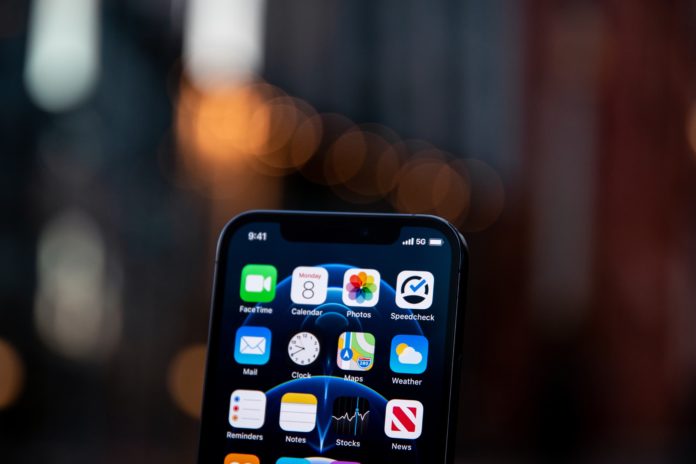Photo:Frederik Lipfert
By: Nick Gambino
Verizon and AT&T are switching on 5G (C-band) across most of the U.S., bringing the high-speed service to areas which until now have been living in the dark ages of 4G. This should also improve service for those who are using “5G” which doesn’t seem much different from 4G.
While the expanded coverage is long overdue, the rollout doesn’t come without its share of problems. Domestic airlines are concerned about 5G signals interfering with the navigation system on their planes. Because the frequency used by C-band is right next to the frequency used by altimeters in various aircrafts this fear isn’t unfounded.
Emirates and other international airlines have decided to reroute and even cancel flights into the U.S. due to these concerns. And now the FAA has issued a notice to various airlines prohibiting some planes from landing at specific airports if the weather is poor.
In response, both AT&T and Verizon have agreed to delay the 5G rollout around some airports and aviation structures until everyone can get their wires…or wireless…straight. This is actually the second delay by the telecom giants to give them time to assuage any concerns.
Unfortunately, buying a couple more weeks isn’t going to cut it. The solutions are simply not in place to ensure there’s no interference with onboard navigation in the thousands of aircraft traversing our skies. That’s not even taking into account how many helicopters we have flying in low over cities.
“We’re looking at being years away from having a 5G-resistant radio altimeter,” Director of Government Affairs at the Helicopter Association International, John Shea, explained to Yahoo Finance. “The aircraft varies, and the radio altimeter varies, and a simple [fix] will not work in most circumstances.”
So, how did these giants of communication spend billions of dollars on bandwidth that isn’t exactly free of interference? Well, the answer is quite ironic – it seems there was simply a lack of communication.
The solution going forward will probably require a meeting of minds with the aviation industry and AT&T/Verizon. They will most likely map out towers and ensure they aren’t too close to airports with additional tech upgrades to planes to ensure they are 5G resistant.








